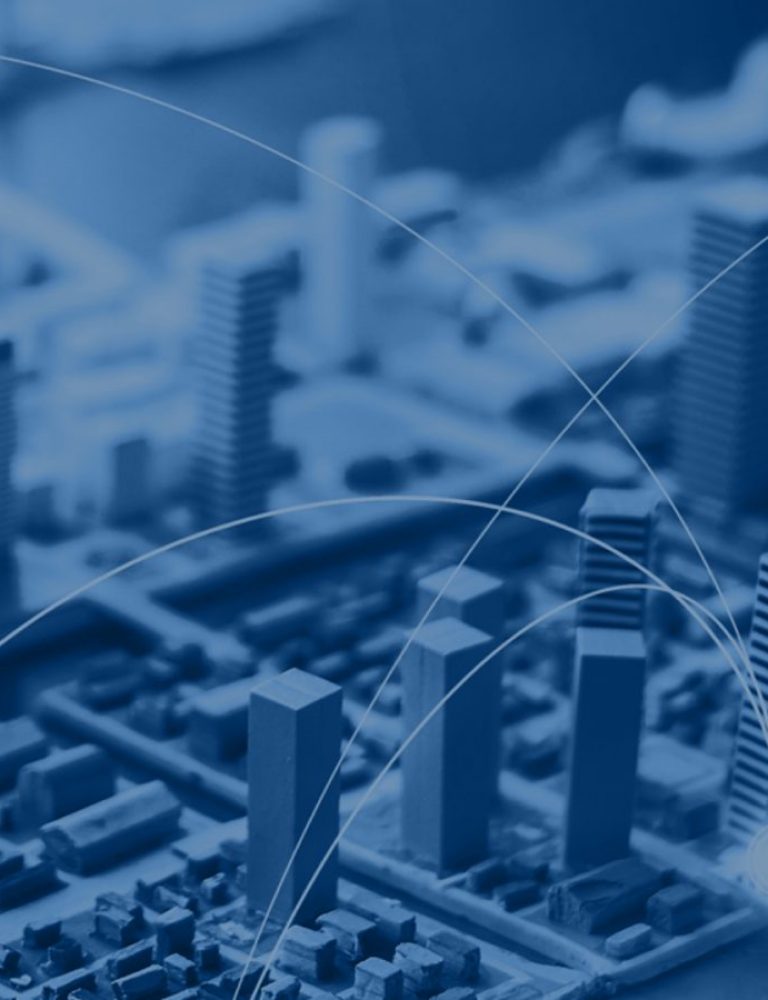
With the development of new technologies and the automation process in the industrial sector, cyber threats are on the rise. Hacking attacks can have serious consequences for companies, causing financial and image losses and production delays.
I present five practical and effective tips that can help improve cyber security.

1. Implement a security policy
The first step toward enhancing cyber security should be the implementation of a comprehensive security policy, which should be preceded by a detailed risk analysis. The developed solution should define the rules and procedures to be followed to protect critical systems and sensitive data. What should be included in a properly developed security policy?
- rules for access to systems and data;
- rules for creating and storing passwords;
- rules for using mobile devices;
- rules for the use of e-mail and the Internet;
- procedures for dealing with security incidents.
2. Identification and analysis of industrial data using AI algorithms
Advances in the development of artificial intelligence in recent years have helped maintain the efficiency of manufacturing processes. Advanced mechanisms combined with AI are able to seamlessly identify anomalies in the industrial data stream, which can be a sign of a cyber-attack or impending machine failure that is responsible for the uninterrupted operation of the production line.
3. Implement Business Continuity solutions
A backup data center, provided under the Disaster Recovery model, is a solution that ensures rapid recovery of systems and critical data in the event of a hard-to-predict failure or disaster. With disaster recovery center, an enterprise can minimize the process of restoring the availability of key systems. DR environments can be built on the basis of in-house IT resources, but practice often shows that providing the solution as a service by external providers increases the reliability of the environment and reduces costs. Also important is the know-how available to operators of professional DC centers.
4. Implement access control policies
Access control is a process that aims to grant access to systems and data only to authorized individuals. It is one of the basic elements of IT and OT security that helps protect enterprise data and resources from unauthorized access, modification, damage or theft. It can be implemented through various methods, such as encryption, secure passwords, two-factor authentication, role-based access control (RBAC). The process requires the development of an appropriate access policy, which is a set of rules defining who should have access, under what circumstances and to what enterprise resources.
5. Security Operation Center (SOC)
A SOC is a professional IT infrastructure monitoring center that deals with early detection and response to security incidents occurring in an organization. The implementation of a Security Operation Center is usually the final step in increasing the level of a company’s cyber security, and is a combination of the previously mentioned elements into a coherent whole. Solutions of this type can be built in-house within an organization, but it is an expensive and lengthy process. Experts estimate that there is currently a shortage of about 17,000 specialists responsible for network security on the market, and the upcoming amendment to the Cyber Security Law may exacerbate this deficit. The solution may be to use an external SOC team. Such a model of providing resources significantly speeds up the implementation of the SOC solution and optimizes the costs associated with hiring specialists. An experienced external SOC team, with the support of AI and ML, is able to relatively quickly understand the complex processes taking place in the customer’s infrastructure. It is also important for Industry 4.0 that it will be able to protect IT and OT environments with the same efficiency.
Industry 4.0 offers tremendous opportunities for growth, but it also brings with it significant challenges in ensuring an adequate level of cyber security, which is key to protecting sensitive data and maintaining business operational continuity. The best practices described will help effectively protect industrial sector companies from cyberattacks in an era of accelerated digital transformation. These measures not only minimize the risk of financial and reputational damage, but also contribute to maintaining competitiveness.
